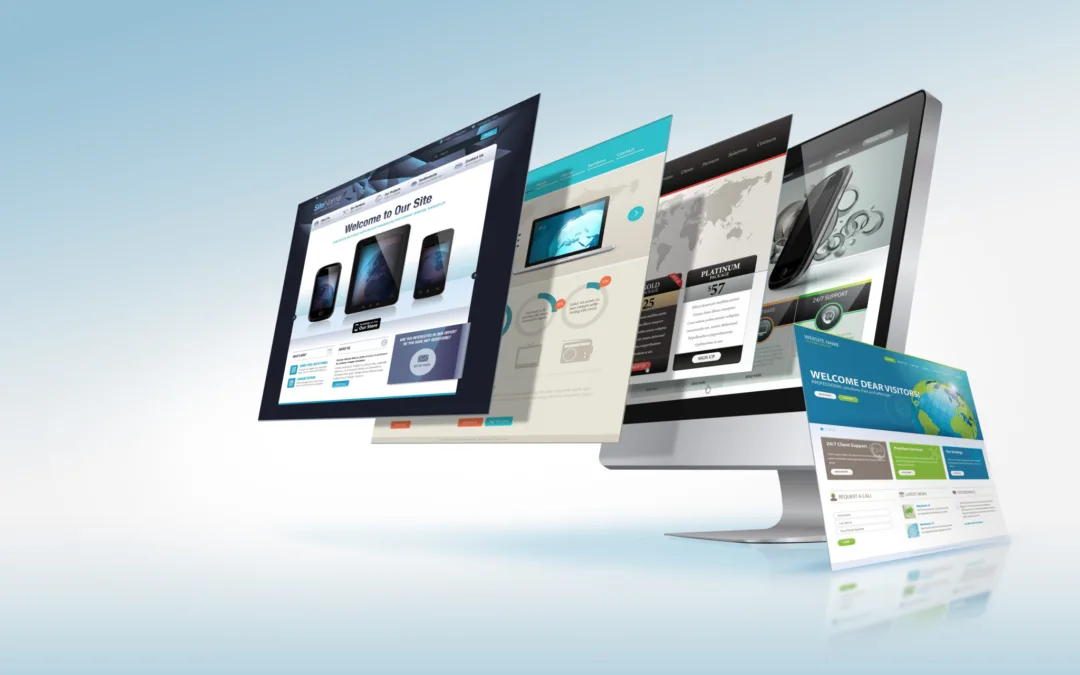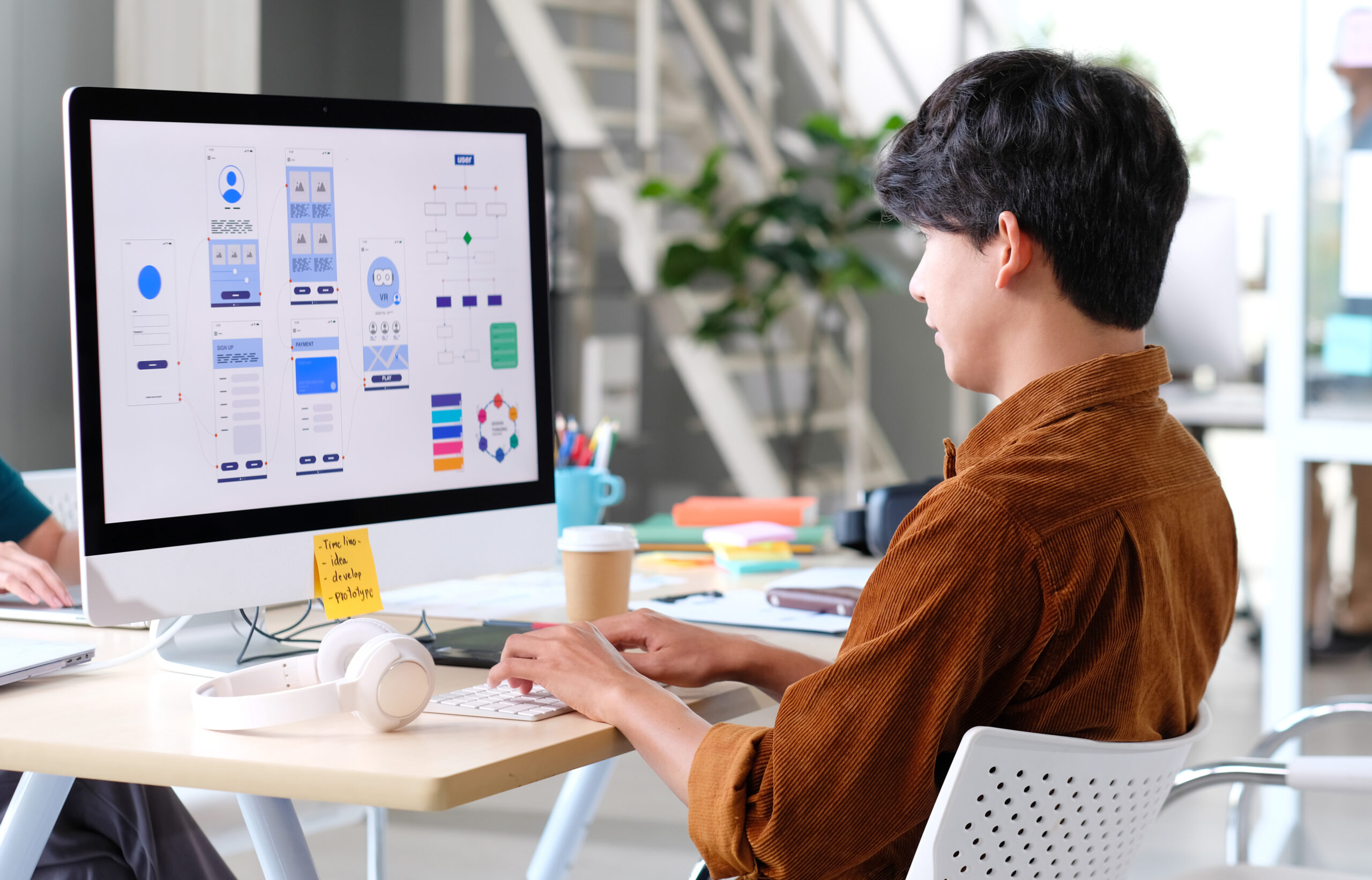How to Improve Your Online Presence with the Right Web Design Solutions
How to Improve Your Online Presence with the Right Web Design Solutions
Blog Article
Recognizing Individual Experience: Secret Principles for Successful Website Design
In the realm of web design, understanding individual experience (UX) is vital to developing systems that not just bring in but also preserve customers. Key principles such as user-friendly navigating and efficient feedback mechanisms play critical roles in promoting user contentment. Furthermore, factors to consider for availability guarantee that all individuals can involve with the material seamlessly.
Value of Individual Experience

In the realm of web layout, one can not take too lightly the value of individual experience (UX) as an essential aspect that directly influences the success of a website. When customers run into a intuitive and engaging interface, they are extra likely to explore the material, convert into consumers, or share their experiences with others.
Additionally, the significance of UX extends past mere aesthetic appeals. It encompasses the total performance of a website, making certain that navigation is smooth and info is conveniently accessible. Internet sites that prioritize UX are commonly perceived as even more reliable and reliable, which can have an extensive influence on conversion prices. In contrast, inadequate UX can cause disappointment, causing high bounce prices and shed opportunities.
Ultimately, purchasing user experience is not simply a layout selection; it is a critical choice that can set apart a brand name in a congested market. By focusing on UX, companies can create meaningful communications that reverberate with individuals, leading the method for continual success in the digital landscape.
Usability Principles
Reliable website design depends upon the application of crucial functionality principles that guarantee a site is both functional and user-friendly. Central to these principles is the principle of intuition, where users can browse the website effortlessly without extensive guideline. Clear navigating structures, consisting of regular designs and well-labeled menus, boost this user-friendly experience, allowing customers to find information swiftly.

Consistency is equally vital; keeping harmony in style aspects, terminology, and treatments across the site helps to decrease confusion. Customers need to not need to relearn how to interact with various sections of the website.
Additionally, mistake prevention and recuperation are crucial for functionality. Web sites ought to be designed to decrease the possibility of user mistakes, and when errors occur, clear and constructive error messages should lead individuals towards resolution.
Accessibility Factors To Consider
Making sure availability in website design is critical for developing inclusive electronic experiences that cater to all customers, including those with handicaps. Accessibility considerations involve creating websites that suit diverse requirements, making it possible for users with visual, acoustic, cognitive, or electric motor impairments to browse and connect efficiently.
To attain this, internet designers must abide by developed guidelines, such as the Web Web Content Accessibility Guidelines (WCAG) These standards give a framework for making content perceivable, operable, easy to understand, and durable. Key practices include making sure enough color contrast, supplying message alternatives for non-text content, and making sure key-board navigability.
Furthermore, semantic HTML must be utilized to enhance display visitor compatibility, allowing users with visual problems to comprehend the framework and meaning of material without effort. web design. Supplying clear, succinct directions and utilizing uncomplicated language can next page better boost use for people with cognitive impairments
Routine availability screening, including genuine individuals with impairments, is crucial to recognize obstacles and boost the great site individual experience. By focusing on ease of access, web designers not only adhere to lawful criteria yet additionally cultivate an even more fair electronic landscape, eventually benefiting everyone through enhanced usability and interaction.
Visual Style Aspects
A myriad of aesthetic design components plays a critical duty fit customer understandings and experiences on a web site. These components include color pattern, typography, imagery, format, and whitespace, each adding to the total aesthetic appeal and performance of a website.

Color design stimulate emotions and can influence customer activities; for instance, warm shades might produce a sense of urgency, while great shades commonly promote calmness. Typography, on the various other hand, influences readability and can develop a brand name's personality - web design. The choice of font design and size should align with the internet site's purposes and target audience
Imagery, consisting of pictures and icons, enhances narration and can dramatically impact customer engagement. Top quality visuals create a feeling of expertise, while poor-quality pictures may detract from the user experience.
Design and whitespace are just as essential, as they assist users with the web content. A well-structured layout assists customers find info quickly, while appropriate whitespace prevents clutter, promoting a more delightful browsing experience.

Examining and Version
User testing and version are fundamental components of an effective website design procedure. These methods enable developers to gather valuable responses from actual customers, making sure that the final product satisfies their needs and assumptions. Customer testing involves observing just how genuine users connect with a web site, determining use problems, and recognizing individual behavior. This direct responses is vital in revealing discomfort points that may not be apparent throughout the design here are the findings stage.
Version, on the various other hand, is the procedure of improving the layout based upon the understandings gained from individual testing. By making step-by-step modifications and re-evaluating the layout, groups can boost capability, improve looks, and maximize user engagement. This cyclical method promotes a culture of constant enhancement, permitting developers to adjust to customer demands and emerging trends effectively.
Moreover, integrating both user testing and iteration into the design process leads to more informed decision-making and ultimately leads to a much more user-centered item. By embracing these principles, web designers can create more intuitive, appealing, and effective experiences that reverberate with their target market, inevitably driving greater customer satisfaction and retention.
Final Thought
In verdict, individual experience is a vital component of efficient web style, encompassing use, ease of access, and visual considerations. Continual testing and model serve as vital procedures for identifying and dealing with individual pain points, making sure that internet designs stay versatile to developing demands.
In the realm of web style, recognizing user experience (UX) is extremely important to creating platforms that not just bring in yet also keep individuals.In the world of internet layout, one can not underestimate the significance of individual experience (UX) as a crucial component that directly influences the success of a web site. Individual screening entails observing how genuine individuals connect with an internet site, recognizing usability problems, and comprehending customer actions.In conclusion, user experience is an important component of effective web style, incorporating functionality, access, and visual factors to consider. Continual testing and iteration serve as important processes for determining and dealing with customer discomfort points, guaranteeing that web styles remain adaptable to progressing requirements.
Report this page